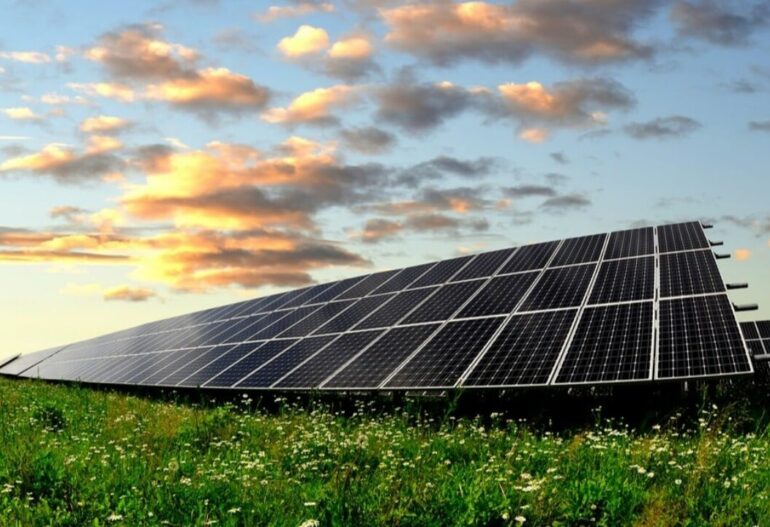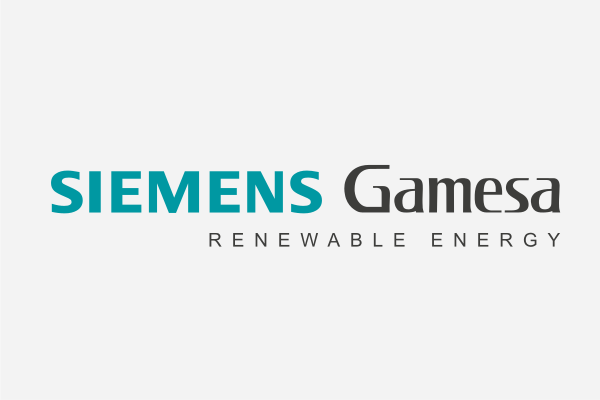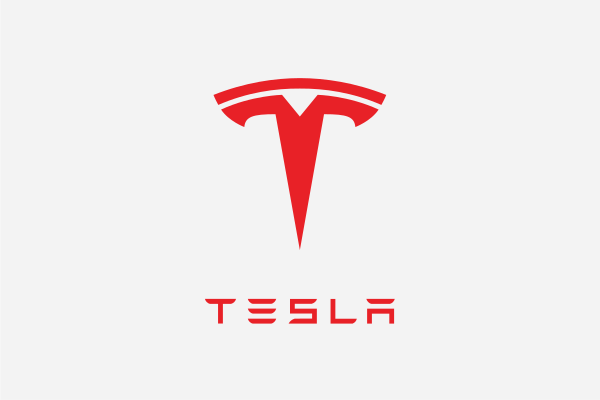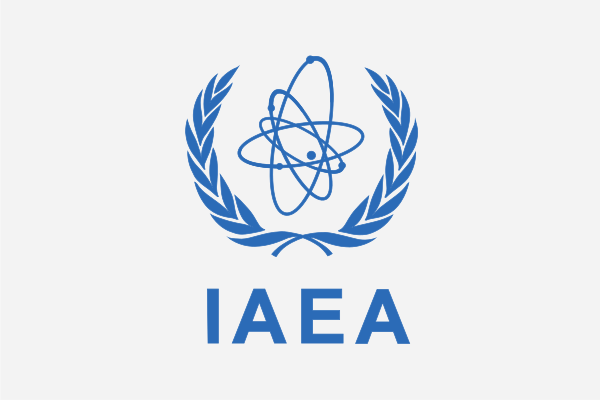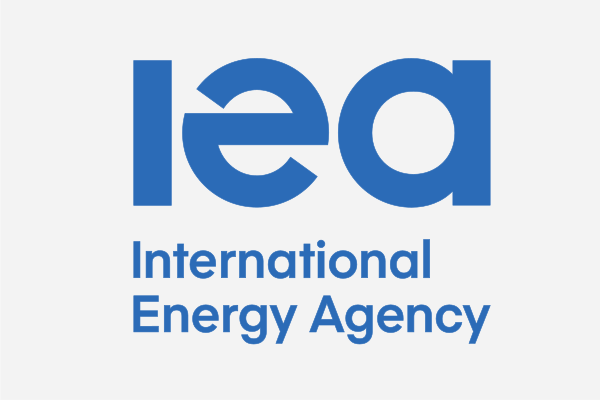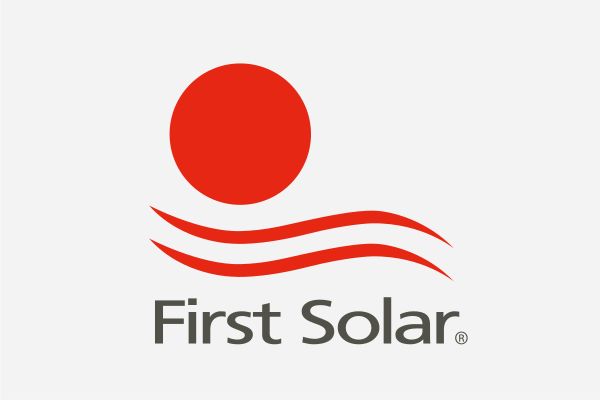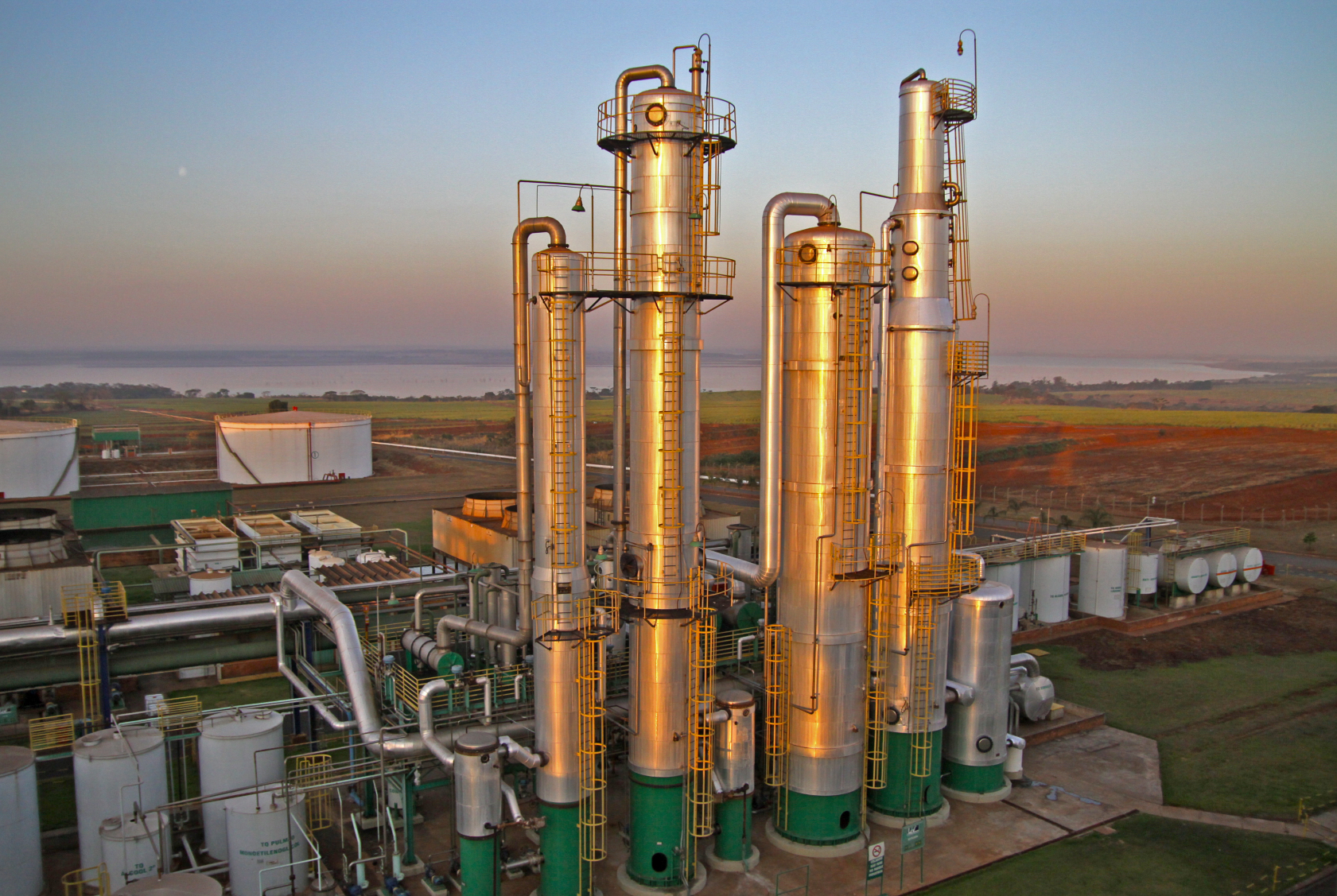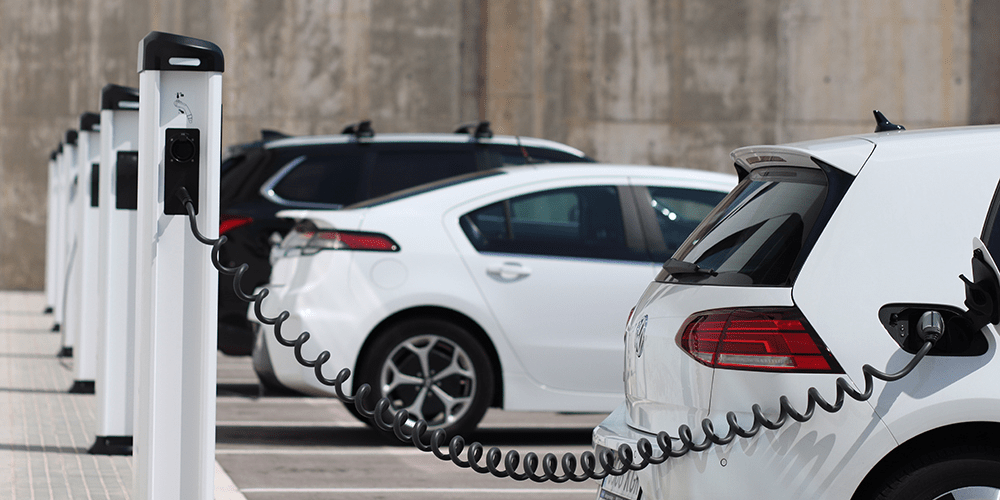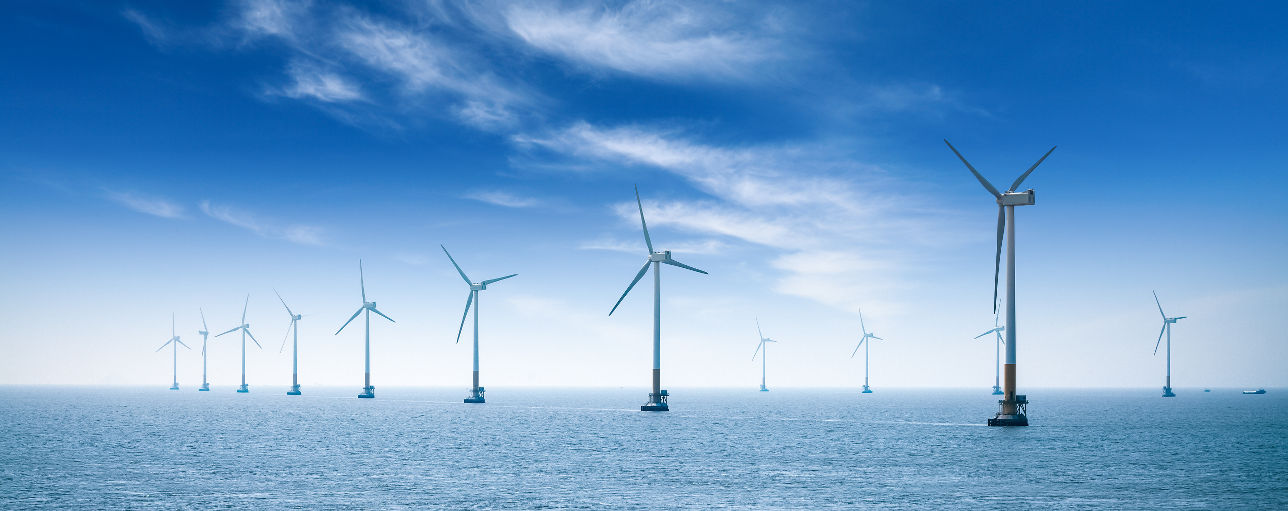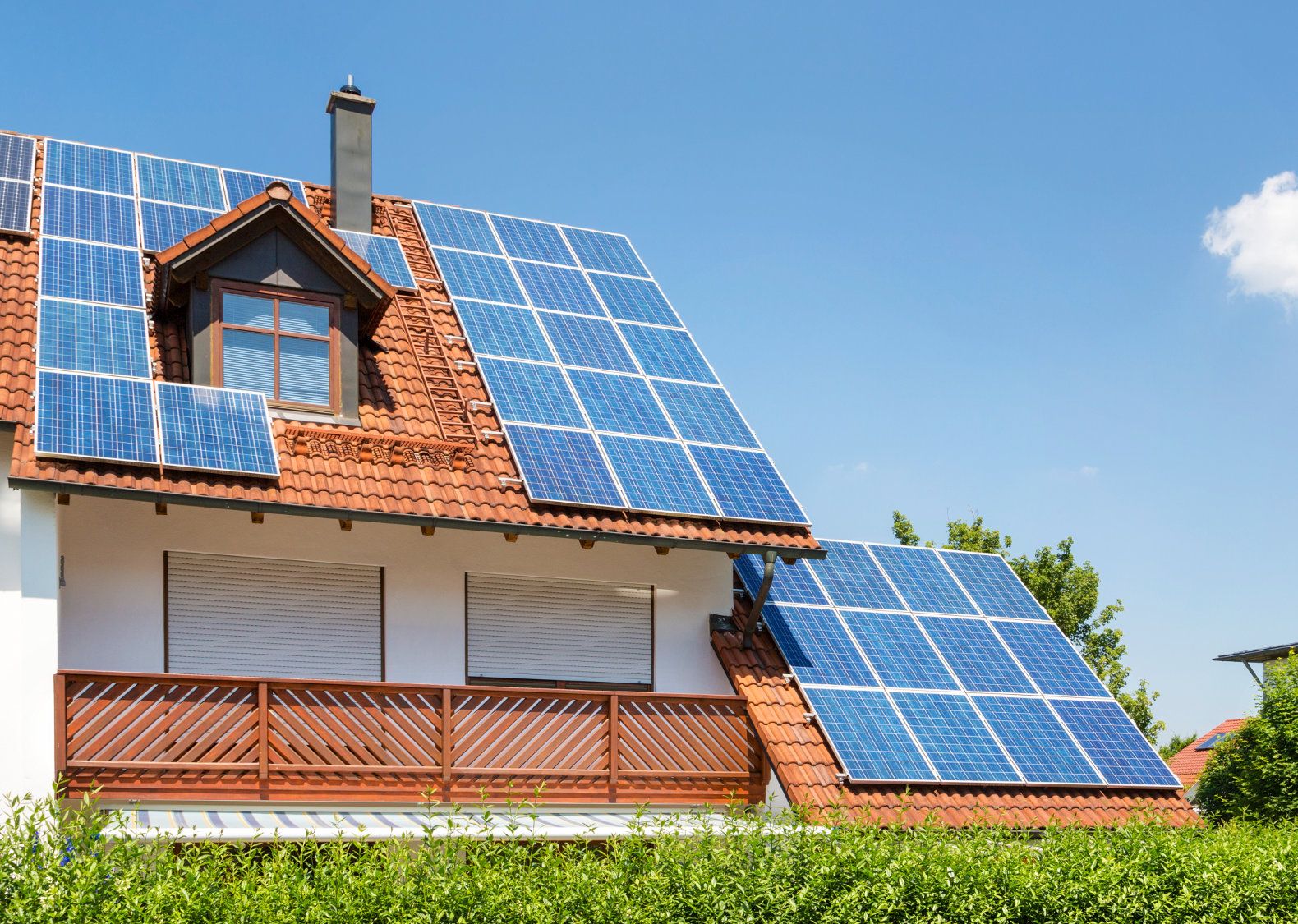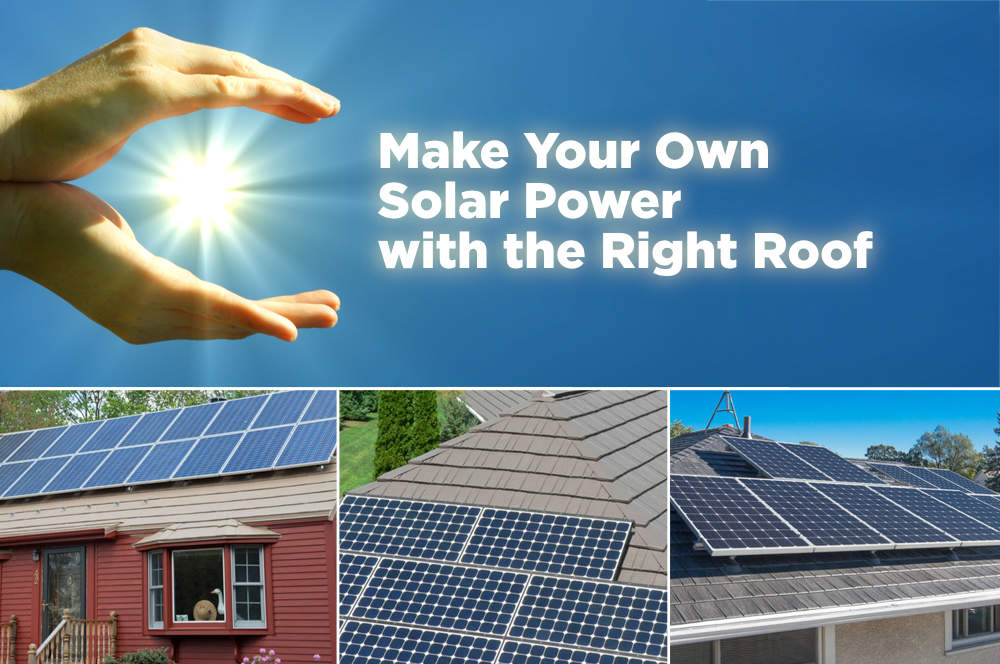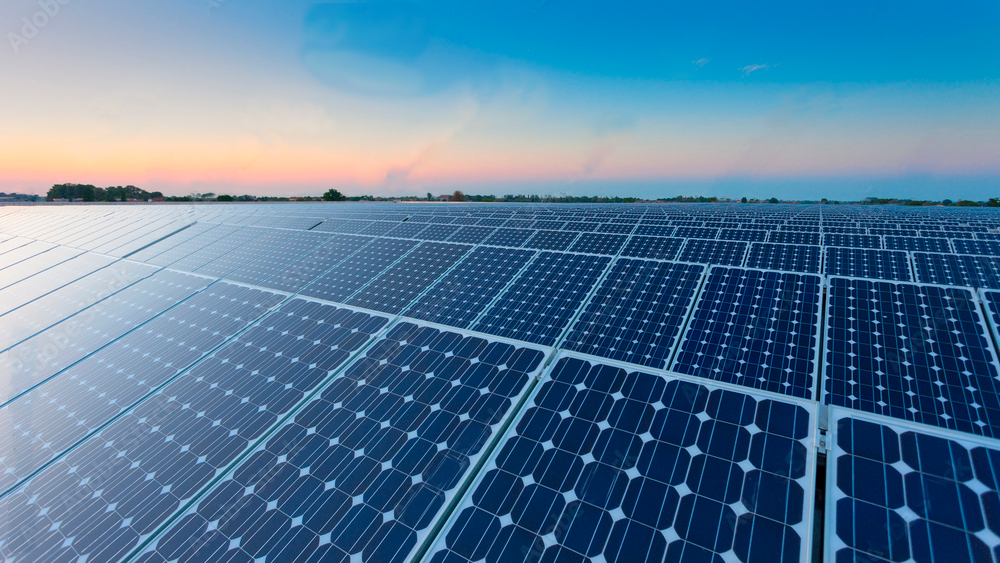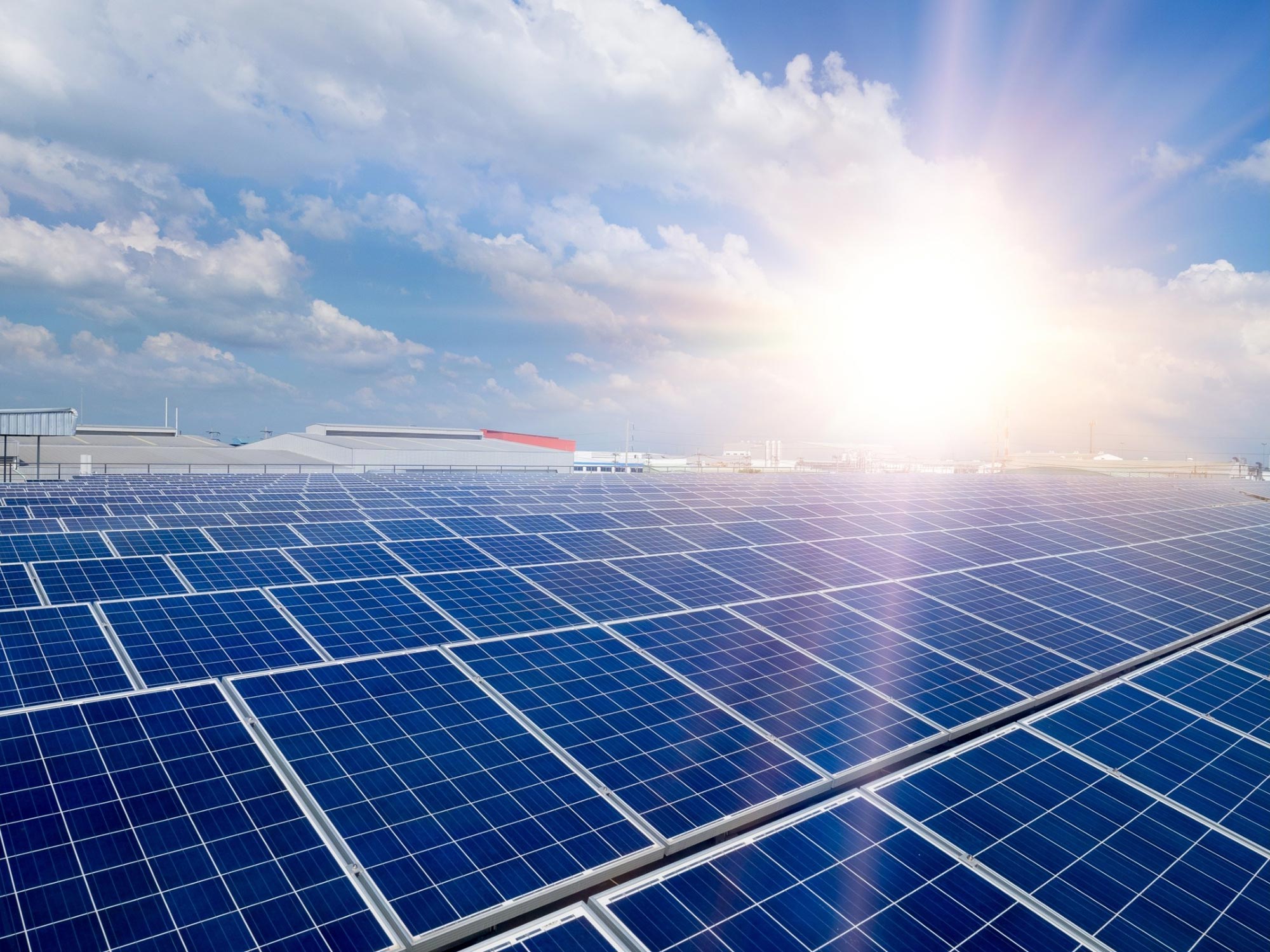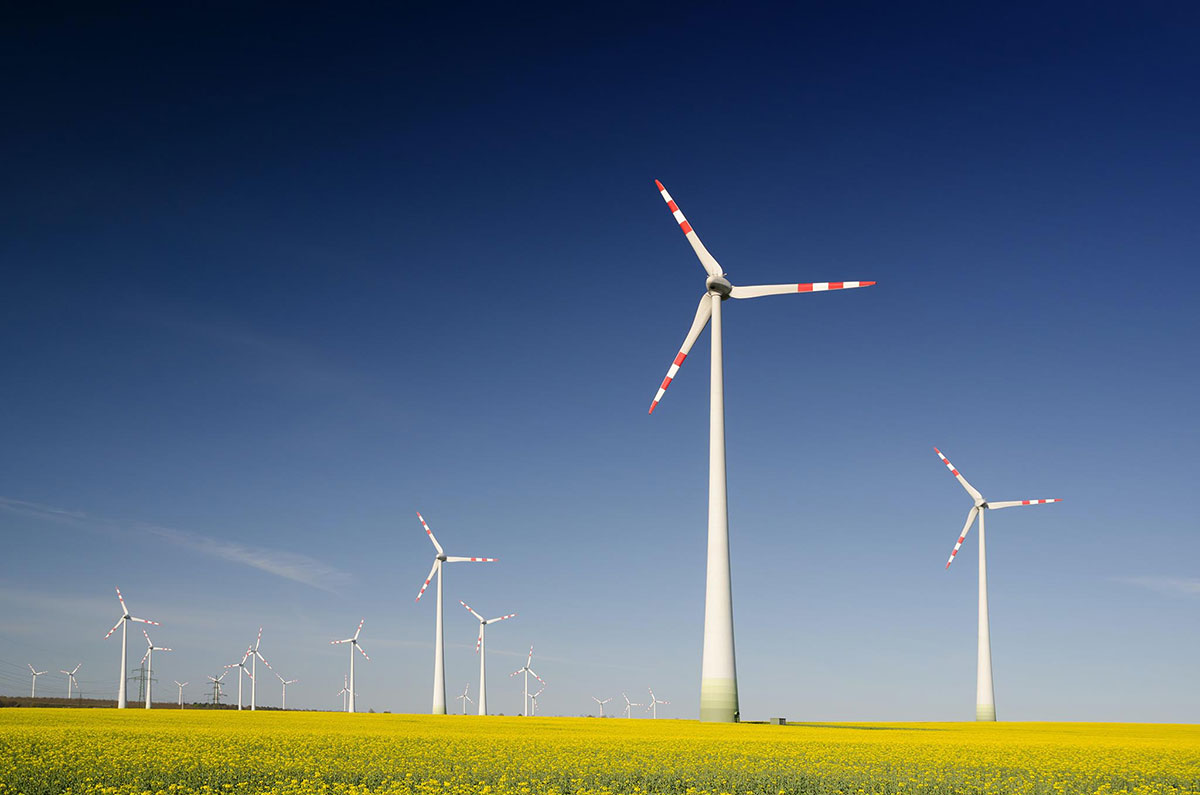Solar Panels Do Not Contaminate
The biggest disadvantage of using fossil fuels as a source of energy is that we must burn them to generate power, which results in significant carbon dioxide emissions that pollute our world and hasten climate change. The amount of CO2 produced when a fuel is burned as a function of carbon content is shown below.
Solar panels, on the other hand, have the inherent advantage of being a sustainable and clean source of electricity generation, resulting in zero CO2 emissions because the process of generating electricity is carried out at the molecular level without the need to burn any carbon-containing component.
Solar Panels Generate Renewable Energy
Fossil fuels are energy sources formed by decayed plant or animal matter accumulating underground at high-pressure levels over thousands of years. You can imagine the amount of matter that has accumulated since our planet has existed over millions of years.
Nevertheless, despite their abundance, they are finite energy sources. To put it another way, once we’ve extracted all of them, there won’t be any more electricity. And it takes millions of years to form the fossil fuels that we will consume in the next 200 years.
Coal reserves are expected to last 114 years, natural gas reserves 53 years, and oil reserves 50 years. When you compare that, with the 1 billion years of clean available solar energy that we still have ahead of us, it sounds like there is no sense to keep pushing on limited sources of energy that will be over in only a century. Since solar energy is inexhaustible, there is no need to replace it with another resource in the future, assuring a safe and clean source of energy for the centuries to come.
In fact, solar energy alone is sufficient to meet over 100 times the world’s total energy consumption, which could be met with only 1% of the Sahara desert’s surface area.
Solar Panels Last Over 25 Years
Through a thermodynamic process, fossil fuel electricity is generated by burning huge volumes of carbon sources to create the energy that the power system requires. However, it is required to maintain a continuous cycle of fossil source extraction. People tend to focus on carbon emissions from these sources during the power production process, but they appear to overlook one factor: the impacts during the extraction process.
Coal, for example, is often taken from the upper portion of the Earth’s crust in ore mines, with the heavy work being done by shovels and bulldozers. When mining processes are completed, exposed rocks containing the sulfur-bearing mineral pyrite are left behind. Sulphuric acid and dissolved iron are formed when this mineral interacts with water and air. When it rains, the chemical degrades into diluted acid, which is washed into surrounding streams and rivers.
Another severe impact of coal mining is deforestation, which is induced by mountaintop removal for the mine. Mountaintop removal mining also produces huge quantities of GHG emissions through clearcutting and tree burning, which may account for up to 7% of the GHG emissions from a coal power station.
The solar industry, on the other hand, has concentrated on developing trustworthy quality standards for solar panels in order to encourage the market to install PV systems at the residential, commercial, and utility levels. One of the main requirements for any PV system is that it lasts for at least 25 years.
This means you won’t have to worry about power generation for another 25 years, and there won’t be any more environmental damage as a result of continuing to produce energy.
Solar Panels Are Recyclable
The wastes of solar panels are studied to use in an eco-friendly way after their useful life cycle. Especially since hazardous elements such as cadmium telluride, indium, gallium, and selenide may be present in some of them.
Solar panels have the added benefit of being recyclable, with aluminum, glass, and a few minerals such as silicon, copper, and polymers being extracted. This means less burning and more resources available for other uses, such as the production of new or reconditioned solar panels.
Some EU rules, known as the EU Waste Electrical and Electronic Equipment (WEEE) Directive, already compel solar panel producers to cover the expenses of collecting and recycling expired modules. According to an IRENA analysis, initiatives like this may result in the manufacturing of 60 million additional solar panels by 2030.
No Gas Emissions
The greatest benefit of solar energy generation for the environment is that there are no gas emissions associated with power production. That is, no hazardous gases such as carbon dioxide, sulfur dioxide, or nitrogen oxide are required to create energy.
More Solar Energy Means Less Fossil Fuels
While we transition to an almost all renewable energy market, we must ensure that we have access to power that is not derived from fossil fuels. When you buy solar energy, you’re not only not creating GHG emissions to generate the electricity you need, but you’re also offsetting electricity production from other fossil power plants, lowering GHG emissions from both sides.
The Use of Portable Solar Panels and Solar Generators
Portable solar panels can also aid in the battle against climate change since every kilowatt-hour of power not derived from fossil fuels is beneficial to the environment.
Furthermore, portable solar panels are extremely useful in rural areas where energy is scarce. Portable solar lanterns, such as those used in Kenya, may offer over 10 hours of light using a rechargeable battery driven by the sun. In areas where there is no access to electricity, this eliminates the usage of traditional forms of light such as kerosene lamps or candles, reducing the risk of fire, which may be detrimental to the environment and people.
Solar panels like this may be linked to solar generators, allowing for the storage of solar energy. The portable solar generators may then be used as needed and transported conveniently.
RV Solar Panel Kits and Solar Panels for Camping
RV solar kits are widely available these days since they provide a stable source of power when camping. Rather than relying on a campground’s electrical system, which may or may not be properly maintained, it is preferable to acquire solar panels for camping.
The Use of Solar Chargers and Solar Power Banks
Finally, portable solar chargers combined with solar power banks provide an excellent off-grid alternative for individuals who go camping or travel extensively throughout the country.
In situations where the conventional power supply is unavailable, solar power banks have shown to be more helpful, safe, and reliable. Portable Electric, for example, has developed VOLTstack, a renewable power source solution for off-grid applications. In areas where carbon dioxide should not be emitted, such as forests, beaches, and deserts, this solar-powered generator generates no pollution, unlike a diesel generator.
In fact, in catastrophe situations such as hurricanes or floods, VOLTstack has the benefit of providing long-term electricity to communities that have been impacted by these natural calamities at a time when shipping diesel generator fuel would be very expensive and impossible.
REFERENCE: Aniket. (2021, March 16). 2021 Climate Change Report – How Solar Energy Can Help Combat Global Warming.



